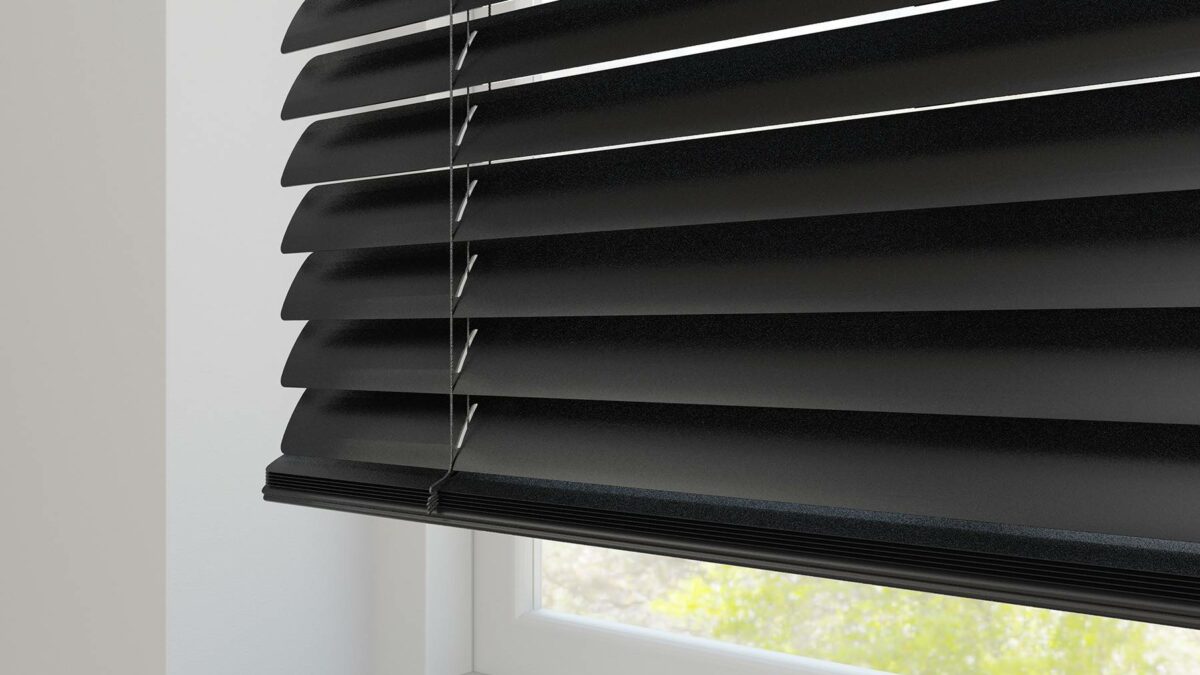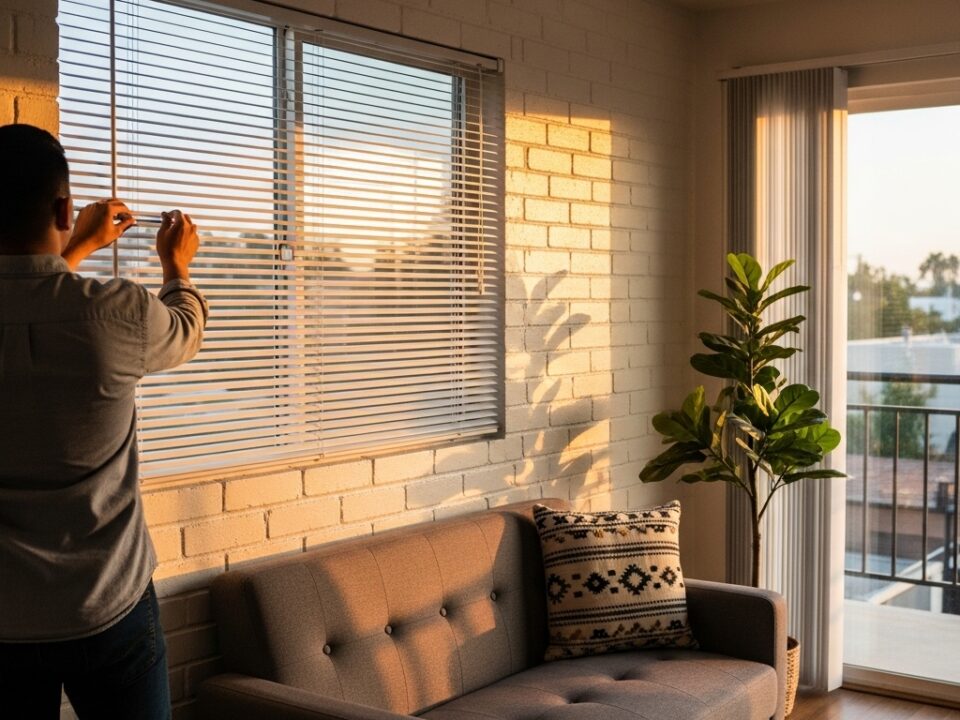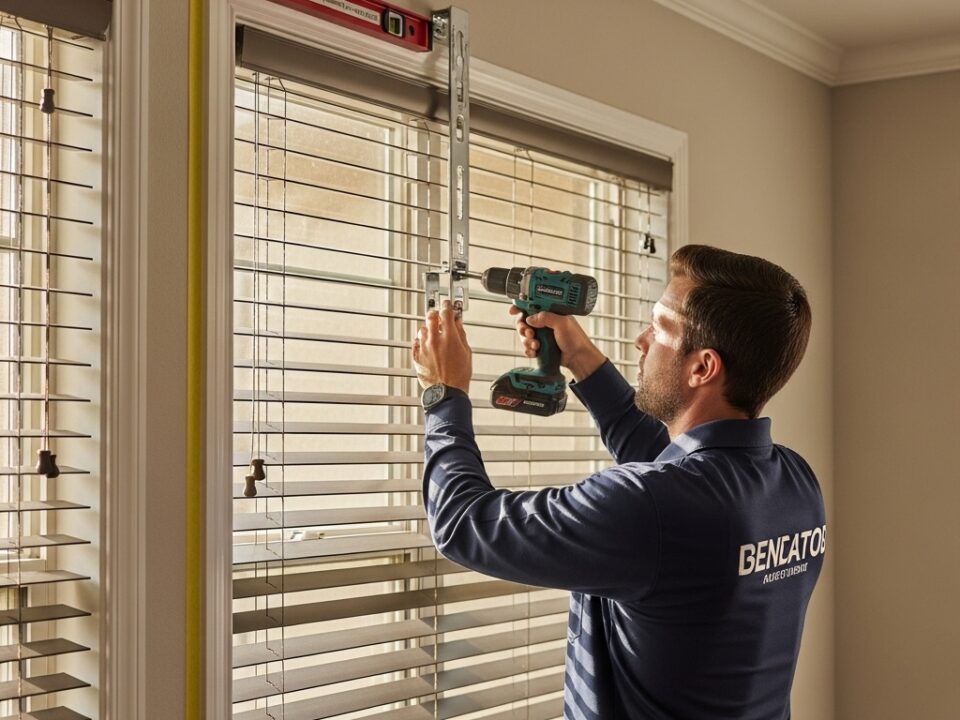All About Aluminum Blinds
November 8, 2022
Mini Blinds
November 9, 2022Aluminium and vinyl are two common materials made to use blinds, and both come with their specific advantages and drawbacks that are specific to various uses and placements. In this blog post, the blinds installation experts here at The Window Blind Connection will detail some of the contrasting benefits between aluminium blinds and vinyl blinds.
Benefits of Aluminium and Vinyl Blinds
Aluminium blinds are very strong and durable, and don’t break as easily as vinyl blinds. Vinyl blinds are more flexible than aluminium blinds, and don’t dent or crease. Vinyl blinds are easier to clean. Aluminium blinds are easier to repair.
Drawbacks of Aluminum and Vinyl Blinds
Vinyl blinds made in the United States have no lead – but vinyl blinds made in other countries may have traces of leads Vinyl is lighter and weaker than aluminium, and vinyl blinds generally break more easily. Aluminium blinds are harder to make with custom texture like wood-like graining.
Energy Efficiency
Aluminium blinds are more energy efficient than vinyl blinds – they do a better job of reflecting the sun’s rays, keeping rooms cool during the hot seasons. Vinyl blinds absorb the sun’s rays, making rooms warmer. If your room gets a lot of sun, aluminum blinds are probably a better choice.
Cost
Vinyl blinds generally cost less than aluminum blinds, but the prices generally increase according to how large the set of blinds are. Vinyl blinds with special texturing like wooden grains usually cost more than blinds with no texturing. However both vinyl, and aluminium blinds are available in a wide range of prices, and a basic aluminium blind may come cheaper than a specialty vinyl blind.
Styling
Aluminium and vinyl blinds come in a wide variety of sizes and styles, both vertical and horizontal designs. The width of blind slats can range from a quarter inch to four inches. Vinyl blinds are generally available in a wider range of aesthetics from faux wood finishes to bright and attractive colors.




